1. “Dizzy” by Tommy Roe

When Tommy Roe released “Dizzy” in 1969, the song spun its way to the top of the Billboard Hot 100 and stayed there for four weeks. It was catchy, bubblegum pop at its peak, filled with swirling strings that matched the dizzying love lyrics. At the time, it felt like one of those songs you couldn’t escape, playing on every radio station and jukebox. Roe himself became known as one of the kings of the bubblegum sound.
Yet despite its massive success, “Dizzy” quickly faded from mainstream memory. Unlike some of his contemporaries, Roe didn’t manage to sustain the same kind of career longevity. The song still pops up occasionally in nostalgic playlists or oldies stations, but few younger listeners recognize it. It’s a reminder of how quickly pop culture can move on, even from a song that once felt inescapable.
2. “Sugar Shack” by Jimmy Gilmer and the Fireballs
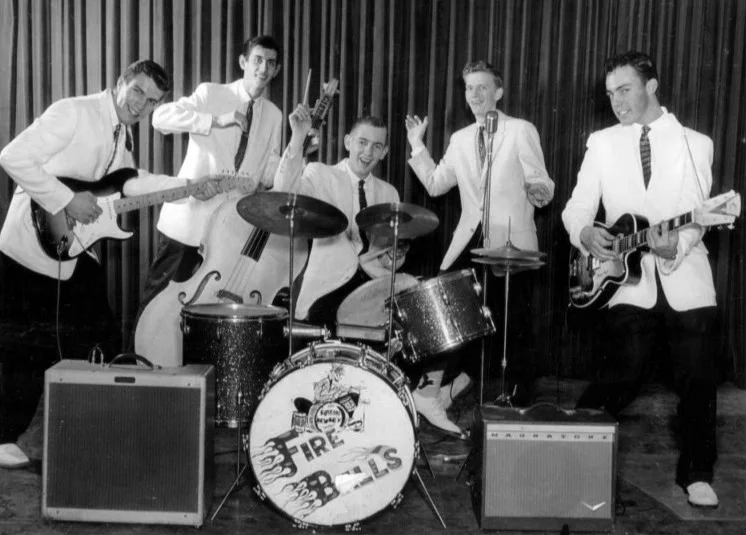
“Sugar Shack” was a massive hit in 1963, spending five weeks at number one. It was quirky, lighthearted, and painted a picture of a cozy little hangout where the cool kids might gather. The lyrics were innocent, and the organ riff gave it a distinctive sound that stood out at the time. People adored its simplicity and charm, and it became one of those songs you’d hum without realizing.
But in the decades since, “Sugar Shack” has almost vanished from collective memory. It doesn’t show up in movies or TV shows the way some other ’60s hits do. Younger audiences would likely have trouble placing it at all, even though it was once considered one of the defining songs of the year. The Fireballs themselves didn’t maintain long-lasting fame, which probably helped push this once-giant hit into obscurity.
3. “Winchester Cathedral” by The New Vaudeville Band
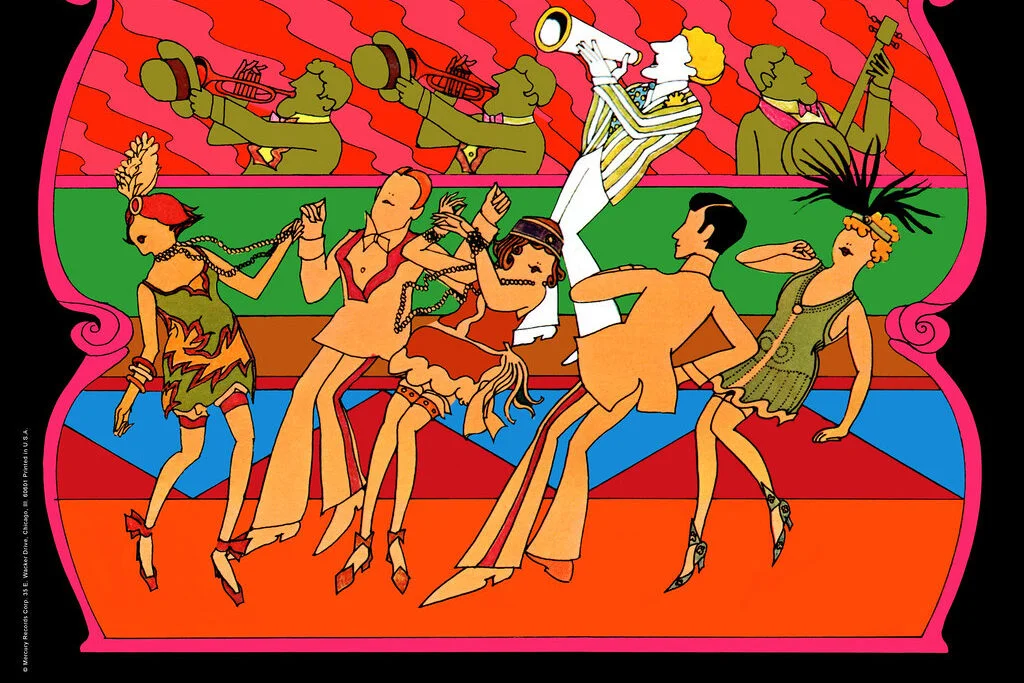
In 1966, “Winchester Cathedral” was everywhere. Its throwback, 1920s-style sound was unusual for the decade, which made it stand out. The New Vaudeville Band leaned into a novelty style, complete with megaphone-style vocals and a quirky melody. It was playful, unexpected, and people loved it enough to push it to number one on the charts.
Still, novelty records tend not to age well, and that was the fate of “Winchester Cathedral.” As the music scene shifted toward rock and soul, the song felt more like a relic than a timeless hit. Today, most people barely remember it, despite its brief moment of dominance. It’s a classic example of a song that defined a moment but couldn’t stretch much beyond it.
4. “The Rain, The Park, and Other Things” by The Cowsills
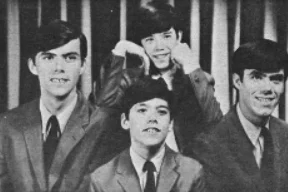
Before The Partridge Family, there were The Cowsills, a real-life family band that inspired the sitcom. Their breakout hit, “The Rain, The Park, and Other Things,” was sugary sweet and irresistible when it came out in 1967. It was all about young love, flowers in her hair, and the innocence of the era. The song soared to number two on the charts and established The Cowsills as pop darlings.
But as the ’60s gave way to the more serious ’70s, the song’s bubblegum innocence started to feel dated. The Cowsills never achieved the kind of staying power that other family bands, like The Jackson 5, managed. Today, the song feels like a forgotten gem, tucked away in the vault of ’60s pop. It’s charming, but it rarely gets airplay outside of niche nostalgic stations.
5. “Sunny Afternoon” by The Kinks
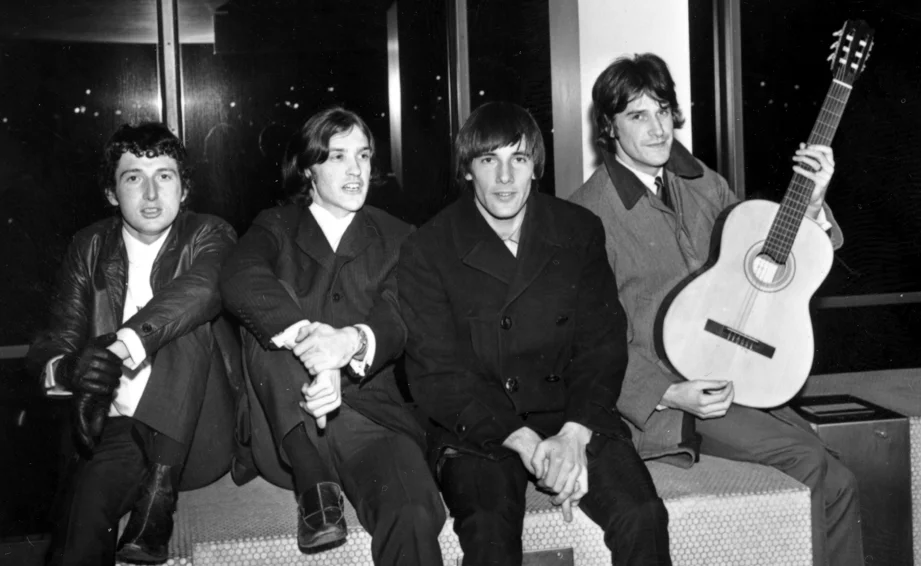
In 1966, The Kinks scored a huge hit with “Sunny Afternoon,” a song that perfectly captured the lazy, carefree vibe of the era. With Ray Davies’ clever lyrics about a rich man losing his money but still lounging in the sun, it stood out from the harder-edged rock coming from other British Invasion bands. The tune reached number one in the UK and climbed the U.S. charts, proving The Kinks could create something both witty and melodic. For a time, it felt like one of those quintessential summer anthems.
But over the years, “Sunny Afternoon” has been overshadowed by The Kinks’ other hits like “You Really Got Me” and “Lola.” While those songs stayed in the spotlight, this breezy track slipped into the background. It rarely shows up on modern playlists, even though it once defined a moment in pop culture. It’s one of those songs that makes you stop and smile when you stumble across it, only to wonder why it isn’t played more often.
6. “Dominique” by The Singing Nun
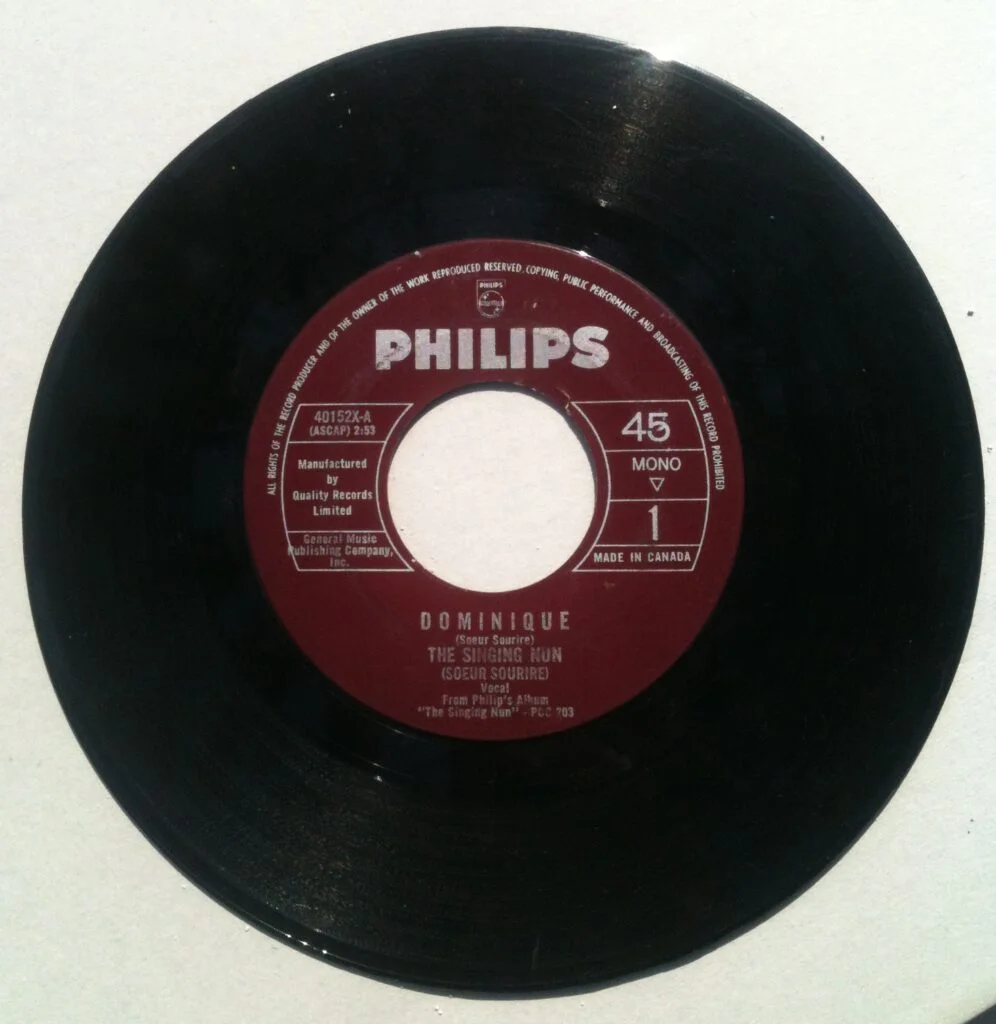
Few songs in pop history are stranger than “Dominique,” the French-language hit sung by Belgian nun Sister Luc-Gabrielle, better known as The Singing Nun. Released in 1963, the song about Saint Dominic became a surprise international success, topping the Billboard charts. Its simplicity and charm made it feel fresh at the time, and people were fascinated by the idea of a nun making a hit record.
Despite its initial fame, “Dominique” didn’t have staying power. Its religious subject matter and unusual style didn’t translate into long-term pop success. The Singing Nun herself retreated from the spotlight, and the song became more of a novelty memory than a pop staple. Today, it’s barely remembered outside of trivia circles, but at the time, it was one of the most unexpected hits of the ’60s.
7. “Harper Valley P.T.A.” by Jeannie C. Riley
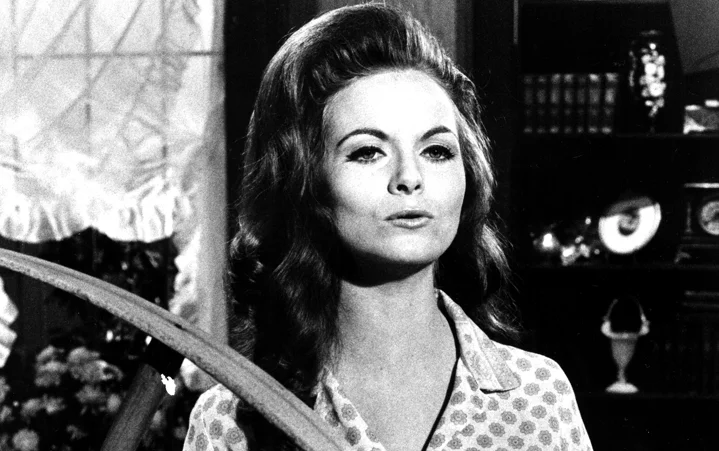
When “Harper Valley P.T.A.” came out in 1968, it was a cultural phenomenon. Jeannie C. Riley’s sassy storytelling about a small-town mother calling out hypocrisy resonated with listeners everywhere. It shot straight to number one on both the pop and country charts, a rare feat that cemented its place in music history at the time. The song even inspired a film and a TV show.
But despite its big impact in the late ’60s, the song faded from pop culture in the decades that followed. While it’s still remembered in country circles, it doesn’t have the same cross-genre staying power today. Younger generations might not even realize it was once a nationwide hit. It’s a great reminder of how a song can capture the mood of its moment, only to slip away later.
8. “Eve of Destruction” by Barry McGuire
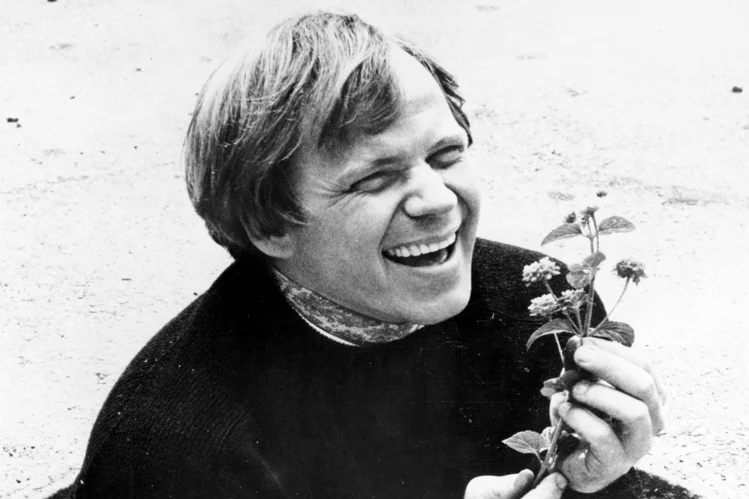
In 1965, “Eve of Destruction” was controversial, powerful, and unforgettable. Barry McGuire’s gravelly voice delivered a protest anthem that reflected the tensions of the time. It was banned by some radio stations for being too negative, yet it still soared to number one on the charts. The song spoke directly to the anxieties of the ’60s, especially among the younger generation.
But protest songs often stay tied to their era, and “Eve of Destruction” is a prime example. Once the cultural moment passed, the song largely disappeared from regular rotation. Unlike Bob Dylan’s protest anthems, it didn’t maintain a lasting presence in the wider cultural conversation. Today, it feels more like a historical artifact than a familiar tune.
9. “Incense and Peppermints” by Strawberry Alarm Clock
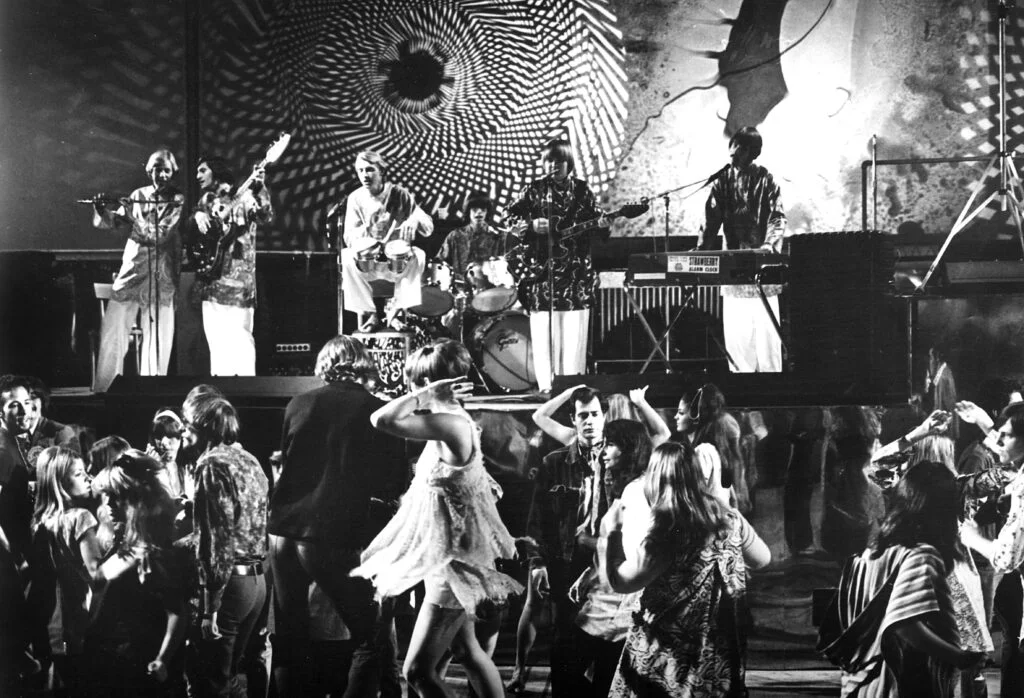
Psychedelic pop had its moment in the late ’60s, and “Incense and Peppermints” was at the center of it. The song hit number one in 1967 with its trippy lyrics and swirling instrumentation. It became a favorite of the counterculture crowd and was a staple at parties and college campuses. For a moment, Strawberry Alarm Clock seemed like they might be the next big thing.
Yet they never managed to follow it up with another hit of the same scale. As psychedelic music gave way to harder rock in the ’70s, “Incense and Peppermints” started to feel more like a novelty than a timeless track. Today, it’s mostly remembered by die-hard fans of the era. For everyone else, it’s a faint echo of the psychedelic boom.
10. “This Diamond Ring” by Gary Lewis & the Playboys
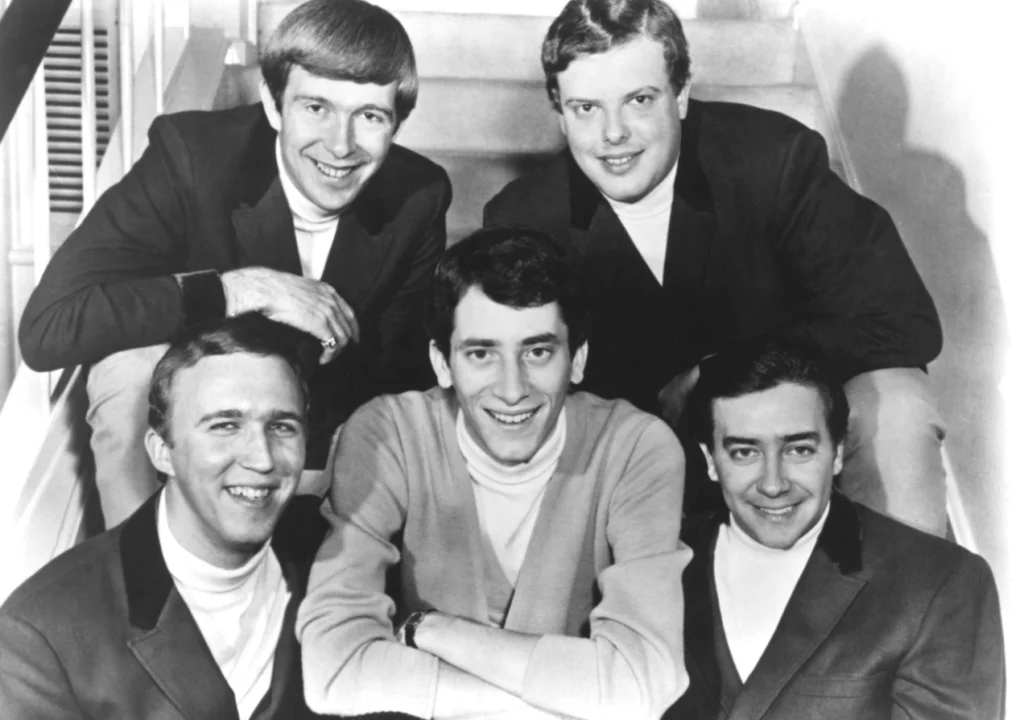
In 1965, “This Diamond Ring” was a breakout hit for Gary Lewis & the Playboys. It was catchy, relatable, and polished, which made it perfect for radio. The song hit number one and gave the band instant credibility, thanks in part to Lewis being the son of comedian Jerry Lewis. For a brief time, they seemed poised for a long-lasting career.
But the band struggled to maintain momentum, and the British Invasion acts overshadowed them. “This Diamond Ring” slipped from memory as listeners gravitated toward more innovative sounds. Gary Lewis & the Playboys never reached the same heights again, and the song became a forgotten relic of mid-’60s pop. Despite its charm, it doesn’t get the same nostalgic replay as other hits of the era.
11. “Na Na Hey Hey Kiss Him Goodbye” by Steam
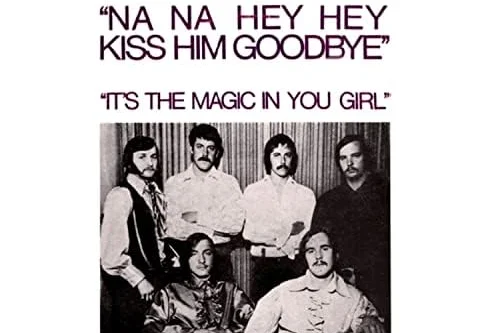
This song has had a strange afterlife. Released in 1969, it was a surprise number one hit for the studio group Steam. The catchy chorus, with its “na na na” chant, made it a favorite for singalongs. Even if people didn’t know the verses, everyone could belt out the hook.
Over time, though, the song became less of a radio staple and more of a stadium chant. It’s still familiar to sports fans, but few know the full track or the band behind it. As a pop hit, it’s largely been forgotten. Its life now exists more in arenas than on the airwaves.
12. “Little Woman” by Bobby Sherman
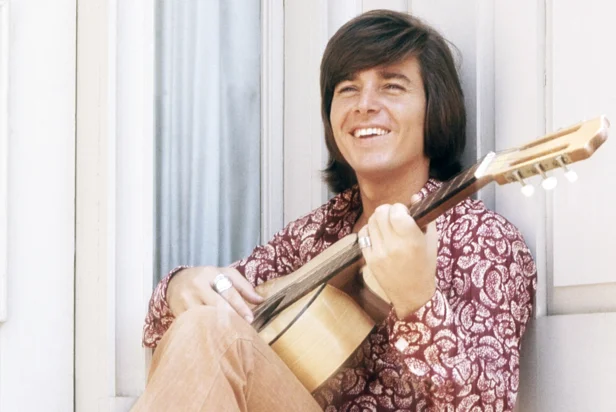
In 1969, Bobby Sherman became a teen idol almost overnight with the release of “Little Woman.” The song was catchy, upbeat, and perfectly tailored to the bubblegum pop sound that dominated the late ’60s. It climbed to number three on the Billboard Hot 100 and made Sherman a heartthrob, with fans lining up to see him on TV shows and in magazines. For a moment, he was everywhere, embodying the wholesome pop star image that parents approved of and teens adored.
But as the ’70s rolled in, Sherman’s fame faded quickly. He moved away from music and eventually built a second career as a paramedic, leaving his songs behind in the process. “Little Woman” rarely gets remembered today, despite its huge popularity at the time. It’s one of those tracks that perfectly reflects the era but doesn’t often resurface outside of nostalgic teen idol retrospectives.


